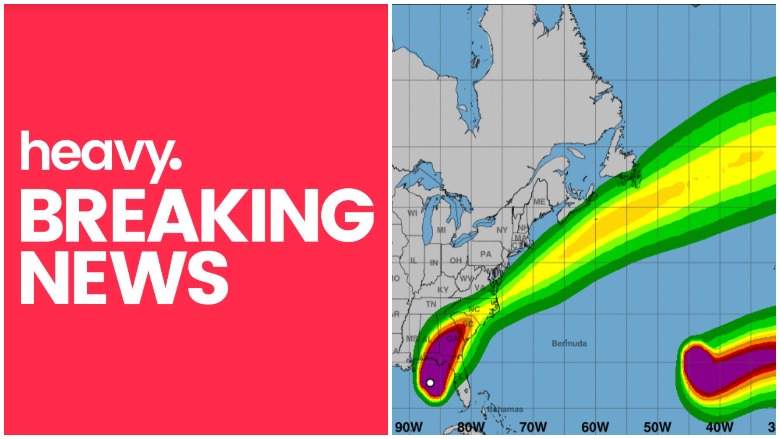
National Hurricane Center
Hurricane Michael has strengthened into a Category 4 storm as it approaches the Florida panhandle. Michael’s center is approximately 90 miles southwest of Panama City, Florida. The storm brings with it sustained winds of 145 miles per hour.
The storm will be making landfall around 2 p.m. Eastern. Around midnight, the storm will have pulled out of Florida, heading through Georgia as a Category 1 and quickly losing steam.
“We expect conditions across the panhandle to deteriorate rapidly,” Florida Governor Rick Scott said during a press conference on Wednesday morning. “We have 54 shelters open across the panhandle and Big Bend,” he added.
As the storm barrels toward the coast, it threatens 3.8 million people who are all under hurricane warnings in Florida’s panhandle and Big Bend regions, according to CNN. Up to 12 inches of rain could fall in the area.
“Michael is likely to produce potentially catastrophic wind damage where the core of the hurricane moves onshore in the Florida Panhandle, and everyone in the hurricane warning area should prepare for life-threatening hurricane winds. Dangerous hurricane-force winds will also extend well inland across portions of the Florida Panhandle, southern Georgia, and southeast Alabama as Michael moves inland,” the National Hurricane Center said on Wednesday morning.
Scattered thunderstorms and heavy downpours have already started in Florida’s coastal communities from Bradenton to Tarpon Springs. As the day goes on, additional areas, including Tampa, will be seeing some rain and scattered storms from the outer bands of the storm.
A Category 4 hurricane has never made landfall in Florida’s panhandle.
According to the National Hurricane Center, there will be life-threatening storm surge, the worst of which is expected between Tyndall Air Force Base and Keaton Beach, “where 9 to 13 feet of inundation is possible.” Wind will also be a major factor. Potentially catastrophic wind damage will occur along the coast, with dangerous winds affecting areas further north, including southern Georgia and southeast Alabama.
“We can rebuild your house, but we can’t rebuild your life,” Governor Scott said.